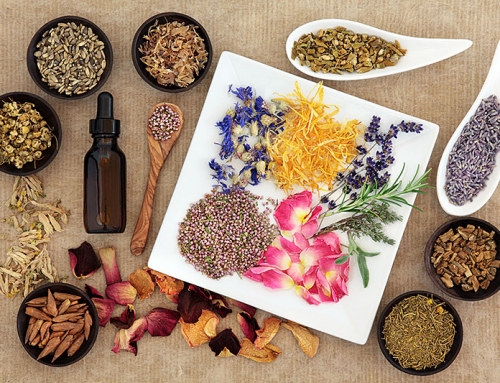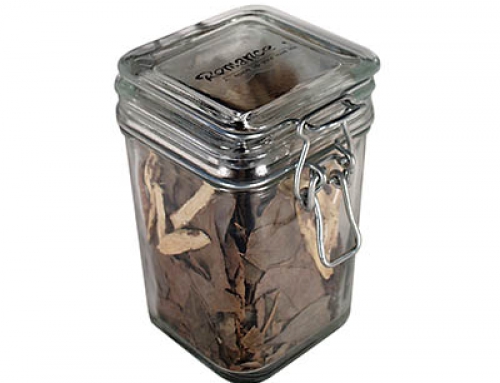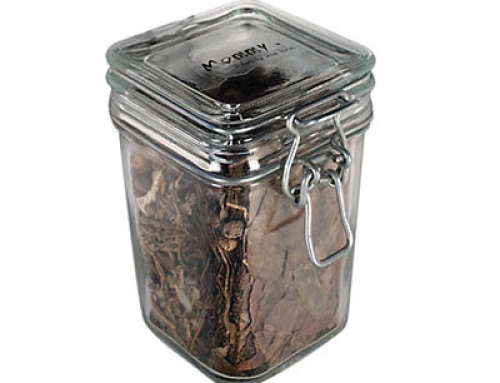鹿茸
Pilose Antler (Lurong) 
Pharmaceutical Name: Cornu Cervi Pantotrichum
Zoological Name: 1. Cervus nippon Temminck. 2. Cervus elaphus L.
Common Name: Pilose antler, Pilose deer-horn
Deer Antler Velvet is an excellent herbal aphrodisiac and it’s very expensive. Deer Velvet is the 3000-year-old medicine. In Hunan Province, China, a silk scroll was recovered from these ancient times, listing 52 different diseases for which deer antler velvet was used as a medicine. Deer velvet competed with some valuable and rare types of ginseng as an elixire of the gods. Deer Antler velvet is traded widely throughout the world, mainly in the Orient and in Russia.
Though the use of Deer Velvet in Oriental and Chinese medicine has a long tradition, scientific evaluation of its effects is more recent. Studies originate mainly from Russia, Korea, China, Japan and New Zealand. Results caused the interest in deer velvet to increase rapidly.
The anti-aging wonder deer velvet is not the skin on the outside of deer antler and not the deer horn like many assume, but the inside of the deer antler. Deer antler is naturally cast every year in late winter thus beginning a new cycle of growth. Beginning as velvet antler budding from points on top of the skull, antlers grow at incredible speed. Deer antlers are thick and round in appearance and feel quite warm and spongy to the touch.
Deer Antler is known to have wide ranging benefits, but it is especially known as an outstanding aphrodisiac. Men take it not only for sexual dysfunction, but also to increase desire and endurance. Women take deer velvet for menstrual and menopausal problems or infertility.
Although deer velvet is well known as an outstanding aphrodisiac, its benefits are wide ranged. Deer velvet improves mental power, promotes grow appetite, restores energy, controls blood pressure and it is known to increase the effectiveness of anti-cancer drugs while reducing their side effects. And much more.
Deer Velvet Promoting Endurance
Deer velvet taken as a nutritional supplement can increase stamina, improve muscle tone and endurance. It appears to be a safe and natural alternative to synthetic steroids. Findings also indicate, that deer antler velvet may work synergistically with creatine to build muscles. It also plays a role in sports during training, performance and recovery.
Deer Velvet Stimulating the Immune System
Deer velvet is a proven stimulator for production of red blood cells in the bone marrow. According to reports from the Orient and New Zealand, Deer Antler increases the white blood cells, hemoglobin levels and lung efficiency. Increased numbers of white blood cells enable to fight “intruder” bugs more efficiently.
Deer velvet can assist with a wide range of conditions. Deer velvet has been used clinically for decades in China, Korea, Japan and more recently in New Zealand. Today, many physicians prescribe deer velvet for diabetes, asthma, anaemia, endocrine problems, arteriosclerosis or stress related problems. Deer velvet is also clinically used for sterility, prostation, tinnitus, dizziness and blood discharge. Deer velvet is a complex substance with unique bioactive properties and is becoming accepted in western countries like vitamins or other dietary supplements.
Source of Earliest Record: Shennong Bencao Jing
Part Used: The horn is sawn off in summer or autumn. It is boiled and dried in the shade, then boiled and dried again. Next it is put in a container in a cool, dry place. Finally, the hairs on the horn are burned off and the horn is soaked in white wine. Later, it is cut into slices.
Natural Properties & Taste: Sweet, salty and warm
Meridians: Liver and kidney
Therapeutic Effects:
1. To replenish blood and essence.
2. To tonify kidney yang.
3. To strengthen the bones and tendons.
Indications:
1. Deficient kidney yang manifested as weakness of the body, aversion to cold, cold extremities, impotence in men, frigidity in women, infertility, frequent urination, soreness and pain in the lower back and knees, dizziness, tinnitus, gradual loss of hearing and listlessness. Pilose antler (Lurong) is used with Ginseng (Renshen), Prepared rehmannia root (Shudihuang) and Dadder seed (Tusizi).
2. Deficiency of blood and essence manifested as soreness and weakness of bones and tendons and infantile maldevelopment. Pilose antler (Lurong) is used with Prepared rehmannia root (Shudihuang), Dioscorea (Shanyao) and Dogwood fruit (Shanzhuyu).
3. Deficiency and cold in the Chong and Ren meridians manifested as white and dilute leukorrhea or uterine bleeding. Pilose antler (Lurong) is used with Donkey hide gelatin (Ejiao), Chinese angelica root (Danggui), Dogwood fruit (Shanzhuyu) and Cuttlefish bone (Wuzeigu).
4. Chronic ulcers. Pilose antler (Lurong) is used with Prepared rehmannia root (Shudihuang), Cinnamon bark (Rougui) and Astragalus root (Huangqi).
Dosage: 1-3 g (for powder)
Cautions & Contraindications: Overdosing of this herb can cause dizziness or red eyes, and may consume yin. It is contraindicated in cases with deficient yin with hyperactive yang, heat in the blood, excessive fire in the stomach, phlegm-heat in the lungs and febrile disease due to exogenous pathogenic heat.





